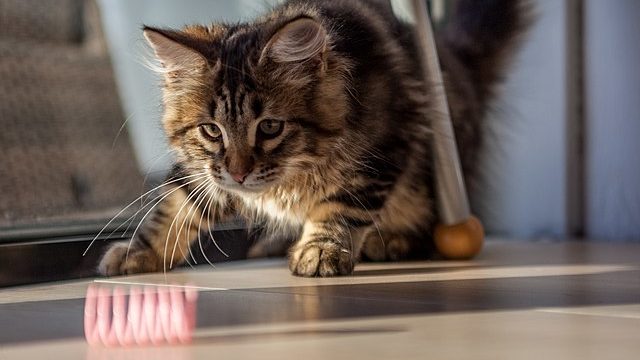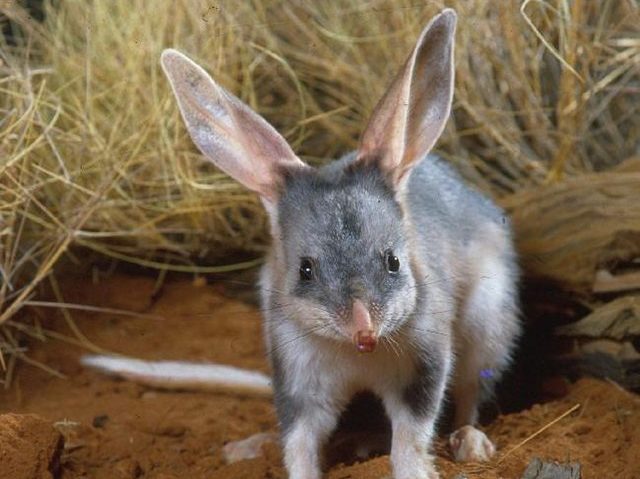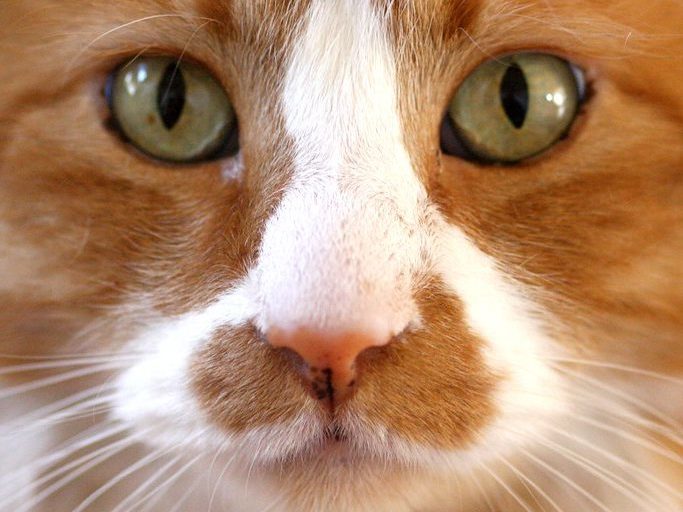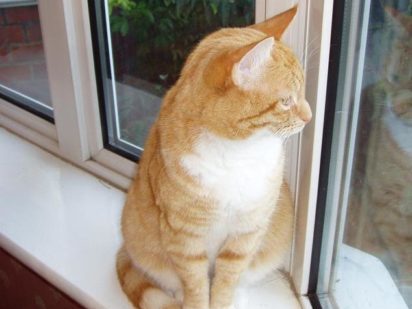Part 1: One massive problem, two different approaches

As Kiwis, we pride ourselves on leading the world when it comes to protecting our native species. Our ambitious and ground-breaking Predator Free 2050 goal – and the investment and ingenuity behind it – is unlike anything seen elsewhere on the global stage. Why, then, are we quickly falling behind in managing cats? We need only look across the ditch to see how a different cat-management reality could be playing out in Aotearoa New Zealand.
In this three-part series, we look at how our Aussie neighbours are tackling the cat problem – and what we could be doing differently on our soil.
Similarities and differences

It’s a glaring truth that feral cats have a devastating effect on our native species. They’ve directly caused the extinction of at least six species of birds only found in Aotearoa New Zealand. And they play an ongoing role in depleting our often-fragile populations of native birds and lizards.
Across the Tasman, a similar sad fate is playing out. Like New Zealand, Australia has fauna found nowhere else in the world due to its long geographical isolation from other continents. Fauna that’s evolved without the means to defend themselves and their young against the threat of cats.
Consequently, the human introduction of cats has caused the extinction of ground-dwelling birds and small to medium-sized mammals. Feral cats now threaten the survival of over 100 native species in Australia.
Despite the parallels between the two countries, one key difference is that Australians are passionately tackling the cat catastrophe. They have a country-wide plan to reduce feral cat population numbers. And at a local level, policies are popping up to better manage domestic cats to minimise their impact and prevent them from joining feral populations.
As for us? There is no national strategy or legislation. As a result there is a complete lack of consistency on how cats are managed in different parts of Aotearoa. We are relying on local body politicians to understand the impact cats have and be progressive enough to introduce policies to manage them.
Managing cats in Aotearoa New Zealand feels like an emotional topic to tackle, but recent research by Predator Free New Zealand Trust reveals that a majority of cat owners support better cat management with 66 percent supporting microchipping and 82 percent supporting de-sexing.
So, what can we learn from our neighbours across the ditch? And could their approach be applied here?
Divide and conquer: the role of cat categories
In Aotearoa New Zealand and Australia, cats are put into three categories: domestic, stray and feral. While there is only one cat species, these categories are determined based on a cat’s dependence on, and relationship with, humans.
Domestic cats: Companionship animals that are close to 100 percent reliant on humans for food and shelter.
Stray cats: Often abandoned or escaped pets with some human socialisation, stray cats are at least partially dependent on humans for survival. They’re commonly found around towns and built-up areas.
Are domestic and stray cats a threat to wildlife? What can be done?
Even though domestic and stray cats have some reliance on humans, both categories of cats still pose a threat to native wildlife.

When owners choose to allow their cats to roam, domestic cats will contribute to wildlife decline due to their prey-killing instincts. A parliamentary report found that Australia’s almost 3.8 million pet cats kill up to 390 million animals yearly and in NZ 18 million birds, bats and bugs end up killed by pet cats every year.
Additionally, domestic cats may add to stray and feral cat populations – by escaping or breeding with feral cats.
For managing the threat of domestic cats, the Australian government put responsibility into the hands of local states and territories. States and territories are focused on owner behaviour, such as desexing, microchipping and ensuring cats are kept on an owner’s property 100% of the time. They also promote responsible ownership through education and local or state legislation.
Feral cats: Feral cats are 100 percent self-reliant and do not depend on humans. They forage for their food, killing and eating native animals around them. Feral cats are found everywhere – including in remote locations and they eat about 2 billion reptiles, birds, frogs and mammals each year.
So what are they doing about feral cats across the ditch?
In 2015 the Australian government declared feral cats as pests. This allows local authorities to use a full suite of tools to control feral cats, including trapping, toxins and biological agents. The government also set up a Feral Cat Task Force to drive initiatives to tackle feral cats and their devastating impacts.
How does Aotearoa compare?

At home in Aotearoa, there’s not heaps going on to reduce the devastating impact of cats. There is no national strategy or legislation for cat management. What we have is an inconsistent and a piecemeal approach with no national guidance.
The Department of Conservation has the mandate to control feral cats on public conservation land but not on other public land or privately owned land.
Regional councils can individually introduce some measures around cat management but this is often limited to feral cats in specific areas. Regional pest management plans, set by regional councils, focus on pests but very few have sufficient measures to control owned cats or cats across various landscapes.
Local bylaws, set individually by territorial authorities (all 61 of them), focus on the nuisance to humans caused by cats (not the impact they have on our biodiversity) and use measures such as limiting the number of cats per household. Increasingly there are calls for cats to be included in the Predator Free 2050 goal.
Want a closer look? Stay tuned for parts two and three of this series, where we examine the detail behind how domestic, stray and feral cats are being managed.

